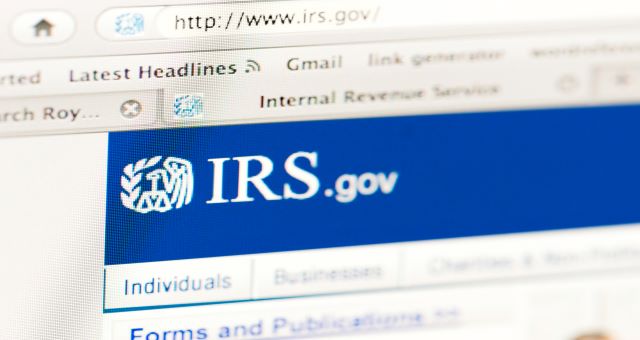Another Tax Day is upon us. I’ll keep this post brief, just in case you haven’t yet filed.
The Internal Revenue Service is good for lots of things, but it’s not usually viewed as a source of sound teaching advice. In 2016, however, the government agency created an online publication called the Behavioral Insights Toolkit. At just 72 pages, the toolkit is a relatively short guide for IRS employees and researchers to help promote compliance and improve taxpayer engagement by leveraging strong communication practices.
Much like the relationship between IRS administrators and taxpayers, online faculty guide students through a classroom system in which the students are asked to comply with assignment instructions and engage in the online classroom. In this respect, the IRS has some suggested approaches worthy of adoption in the classroom.
1) Simplify messages, but provide access to detailed information
Education is known for its use of jargon While it can be fun to play around with the Jargon Generator, jargon is not particularly helpful for communicating with your students. At a minimum, assignment instructions should be direct and straightforward.
It’s worth pointing out that while simplified messages improve compliance, some users want more detailed information. To ensure transparency, the IRS recommends providing easy access to further information for those who seek it.
2) Promote positive behavior with a signature box
The IRS has found that online signature boxes improve integrity and accountability in the taxpaying population. Online instructors can adopt similar tools for classroom use and apply them not only to matters of academic integrity, but also to promote timely submissions of student assignments.
3) Separate tasks
While the IRS suggests separating mathematical tasks from reading tasks, its advice can be applied outside the mathematical realm. In a well-designed online classroom, due dates and deliverables are available in a designated area for students to locate easily and where they will not be lost in a sea of reading assignments.
4) Build a sense of progress towards a goal
The IRS found that it’s helpful to provide a progress report as taxpayers work toward completing a process. In the same way, a well-designed syllabus communicates to students the work that must be accomplished for success and helps keeps them motivated by tracking their progress.
5) Use social norms
The use of social norms to incentivize behavior is one of the more eyebrow-raising techniques in the guide. The IRS suggests that issuing reminders that compliance is normal and common are is an incredibly persuasive tool. Within the online classroom, an instructor might consider data related to student success. For example, access data may indicate that students who access the online classroom more than five days before deadlines are more likely to perform well on assignments. Disclosing such findings to all students encourages behavior that leads to student success.
References
Internal Revenue Service. (2016). Behavioral insights toolkit. Online publication. Retrieved from https://www.irs.gov/pub/irs-soi/17rpirsbehavioralinsights.pdf
Science Geek. (n.d.) Jargon generator. Retrieved from http://www.sciencegeek.net/lingo.html
Miriam Bowers-Abbott is an assistant professor at Mount Carmel College of Nursing.






